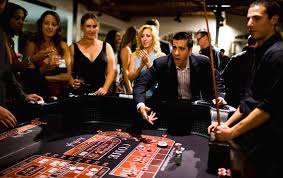It is challenging to create a peaceful refuge in a small backyard in Los Angeles, where space is as scarce as the sun. A pool builders los angeles ca must combine creativity and precision to turn small spaces into magnificent getaways. Innovation is needed to build the perfect pool that fits each property and maximizes space.

Customizability is vital to small backyard pool design. Today, the process is personalized to the homeowner’s style, needs, and the Los Angeles landscape. The possibilities are varied and charming, from sleek, modern lap pools for workouts to plunge pools for a chilly escape from the city’s constant sunshine.
These designs emphasize space use. Pools are typically constructed to sit tightly against the home or fill a yard corner because every inch counts. This requires careful planning to ensure the pool fits physically and matches the property’s decor. Creating a visual flow expands the living area and lets the outdoors in.
Pool builders also use vertical elements to create space. Waterfalls and fountains draw the eye upward and make the pool appear larger. Vertical gardens or green walls can provide solitude and create an oasis-like setting for the crystalline waters.
The pool’s appearance and feel depend on materials and coatings. Sunlight-reflecting tiles make the water shimmer and the area feel more open and spacious. Light-colored decking materials merge with the water and sky, creating a sense of space.
Lighting makes the pool area a nocturnal oasis. Strategic lighting may accentuate architectural features, create ambiance, and extend pool use into the evening. This is incredibly enticing in Los Angeles, where temperate evenings allow outdoor living after sunset.
Homeowners may streamline pool maintenance using innovative technology. Smartphone-controlled automated cleaning, energy-efficient pumps, and intelligent lighting keep the pool a relaxing retreat.
The homeowner and pool builder must collaborate to create the perfect pool in a small Los Angeles backyard. It mixes art, engineering, innovation, and pragmatism. A bespoke hideaway increases the property’s value and provides a quiet oasis in the city.












